Did you know that by mid-2025, global trade volumes could fall by as much as 12% if the trade war 2025 escalates further? That figure alone should send a shiver down the spine of anyone relying on global supply chains, steady prices, or a robust job market. As tariffs, political standoffs, and policy upheavals dominate headlines, the world is entering a new era of economic uncertainty. Is trade war 2025 the defining global crisis you must be ready for? Let’s break down why experts and policymakers warn that this isn’t business as usual.

Why Trade War 2025 Is More Critical Than You Think: The New Era of Global Trade Risk
The trade war 2025 isn’t just another headline—it’s reshaping the foundation of global trade at a scale most haven’t seen since the last Great Recession. Unlike previous disputes, this trade war involves a trio of heavyweights: the United States , China, and the European Union, all wielding tariff rate increases, export controls, and strategic trade policies. These actions have led to ripple effects throughout supply chains , disrupting industries from tech to agriculture. For Americans and people worldwide, the impact extends beyond stocks and GDP—the cost of everyday goods, job security, and financial forecasting all hang in the balance.
Consider these recent statistics challenging conventional wisdom:
- $200 billion: The estimated increase in costs faced by American businesses and consumers from new tariffs imposed in trade war 2025.
- 7 million: The number of jobs globally at risk due to disrupted supply chains and restricted access to critical materials like steel and aluminum .
- 23%: Predicted hike in average tariff rates by the end of 2025 for select imported consumer goods, impacting household budgets everywhere.
From rising grocery bills to stalled manufacturing lines, the effects are everywhere. Understanding why the stakes are so high—and how the current crisis differs from past trade conflicts—is crucial as you navigate the risks of this new era.
What This Article Will Cover: Insights on Trade War 2025
- Forecasts for the global economy under intensified trade pressures
- How supply chain vulnerabilities threaten industries and jobs
- Key policy trends in the United States , China, and the European Union
- Deep dive on tariff rates and their specific impact on steel and aluminum
- The real-world effects on consumers, from shopping to business operations
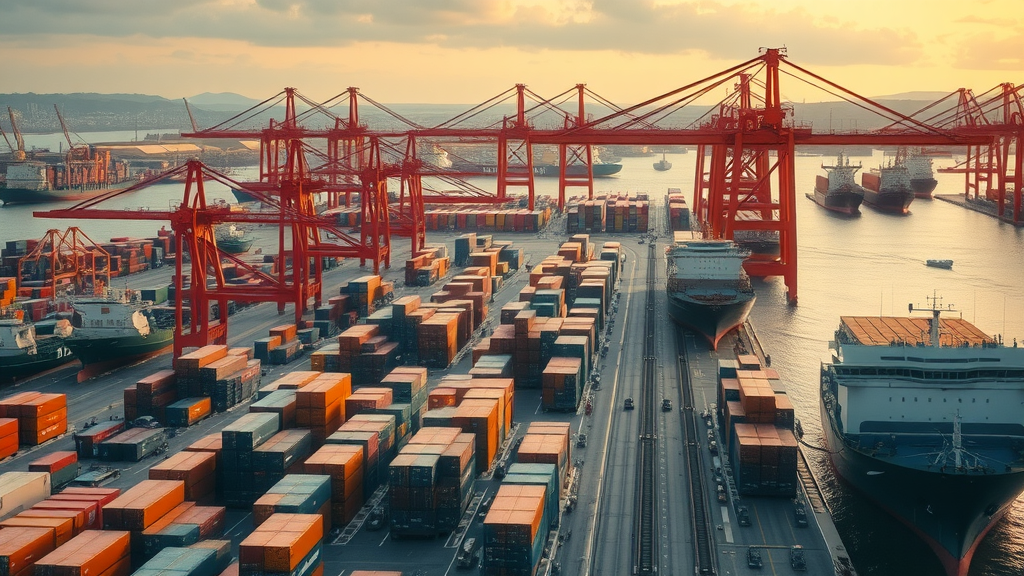
Trade War 2025: Understanding the Stakes for the United States and Global Economy
The trade war 2025 marks a pivotal turning point for the global economy . If the last few decades were defined by expanding free trade and ever more globalized supply chains , this period is increasingly about protectionism and rivalry. The United States , long a champion of open markets, is now front and center in imposing tariffs and reviewing trade agreements —often to counter perceived unfair trade practices by rivals like China. Businesses are scrambling to assess every new tariff rate and executive order, while the average American consumer wonders why shelves are missing old favorites and prices are rising.
Yet, the landscape is more complicated than villain-vs-hero headlines. The trade deficit —a chronic point of debate—fuels domestic policy arguments, as do national security concerns associated with critical industries such as steel and aluminum . Meanwhile, trading partners either retaliate or recalibrate their response, intensifying global risks. To understand how deeply it affects you, let’s break down what exactly trade war 2025 means today.
Defining the Trade War 2025 Phenomenon
Simply put, the trade war 2025 is a series of aggressive, escalating events: governments—primarily the United States , China, and the European Union — impose tariffs or trade restrictions on billions in goods. These moves can include raising the tariff rate for vital products (think steel and aluminum ), applying export controls to limit high-tech transfers, or even outright bans on specific Chinese goods . As a result, companies must either absorb higher costs, raise consumer prices, or invest millions in reworking complex supply chains .
What makes trade war 2025 unique is its breadth and unpredictability. Unlike earlier trade skirmishes involving tariffs targeting select goods, today’s battles spill across sectors, affecting everything from semiconductors and soybeans to smartphones and children’s toys. Every executive order, policy shift, and trade agreement is subject to reaction and retaliation. And with the world’s biggest economies involved, the global economy sways with each move.
In essence, trade war 2025 is not just a political maneuver—it is a high-stakes struggle with profound social, economic, and even geopolitical ramifications. For anyone invested in the prosperity of the United States or involved in global trade , understanding its full meaning is essential preparation.
Comparing Trade War 2025 to Previous United States Trade Conflicts
Historically, the United States has seen its share of trade battles—from the Smoot-Hawley Act exacerbating the Great Depression in the 1930s, to the Japan auto disputes of the 1980s. However, trade war 2025 stands out in scale and scope: the sheer volume of goods covered, the speed of policy changes via executive orders, and the use of tariffs as both an economic and national security weapon, especially in industries like steel and aluminum .
Earlier trade wars were often isolated incidents; they rarely spread across industries or became entangled with technology and energy security as today’s conflict has. The current cycle is turbocharged by volatile geopolitics—think of strained relations between the U.S. and China or shifting alliances within the European Union . Additionally, global supply chains are far more interwoven now, meaning a tariff on Chinese imports can cause ripples felt from Kentucky to Kuala Lumpur.
As a renowned economist aptly put it:
"Trade wars are easy to win, until the global economy is caught in the crossfire." – Renowned Economist
Every comparison to the past underscores that trade war 2025 is not just another economic squabble—it’s a systemic challenge to how the world does business.
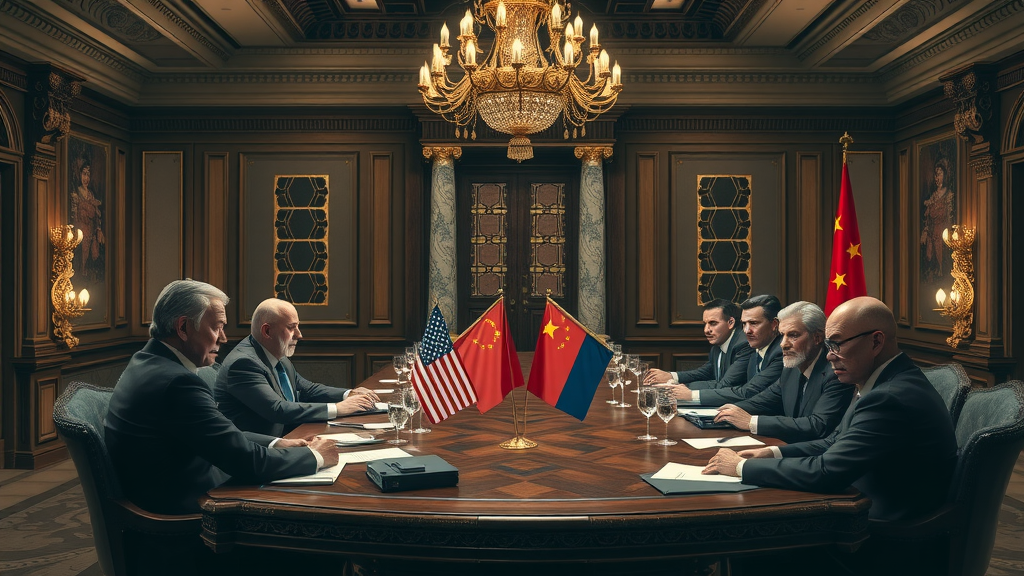
The Role of United States Leadership: The Trump Administration to 2025’s Trade Policy
Strong leadership is central to the trajectory of any trade conflict. With President Trump at the forefront since 2017, the United States has aggressively redefined its trade policy . His administration prioritized “America First” economics, aiming to address long-standing trade deficits, perceived unfair practices, and concerns over national security , especially in sectors like steel and aluminum . Through frequent use of executive orders, the White House set a precedent for leveraging tariffs not just as economic levers, but as strategic bargaining chips in global negotiations.
The result? A new brand of protectionism that reverberates well beyond Washington. As the world transitions toward 2025, American leadership—and its direction—remains crucial in steering alliances, shaping new trade agreements , and redefining what the global rule-book of free trade might look like.
President Trump’s Influence on the Evolution of Global Trade
Under President Donald Trump , the rules of global trade shifted overnight. The administration’s readiness to impose tariffs —initially targeting Chinese goods and then broadening to other major trading partners—sent shockwaves through the global economy . The Trump White House often cited the need for “fair trade” and protections for key industries, but the real-world effect was a complex web of retaliation, supply chain reorganization, and mounting uncertainty for importers and exporters alike.
Trump’s approach to trade was shaped by confrontation—applying pressure to secure better terms for the United States while challenging existing multilateral trade agreements . Regardless of political views, it’s undeniable that his tenure left a lasting impact on the architecture of international commerce, especially in debates around tariffs, national security , and industrial policy.
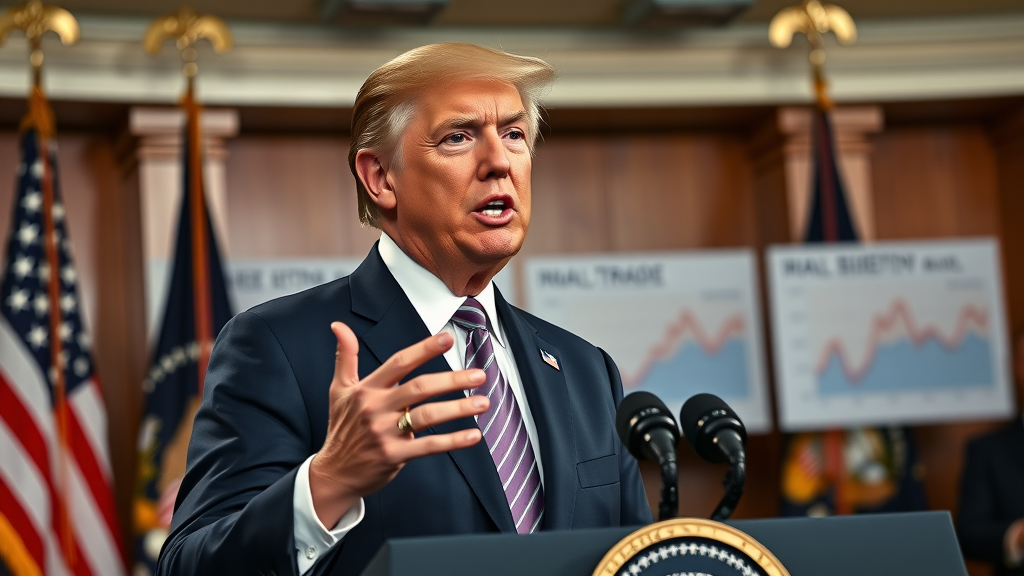
How the Trump Administration and New Policymakers Are Shaping Trade War 2025
As we approach 2025, the dominoes set in motion by the Trump administration are still falling. New leaders, both in the United States and abroad, are building on—or reacting to—Trump-era precedents. Every tariff rate adjustment, negotiation on digital trade rules, or trade agreement revision is connected to the legacy of a protectionist White House. In the background, voices from the business sector, labor unions, and strategic industries influence a broader debate on “ America First ” vs. “ global cooperation .”
Ultimately, trade war 2025 is being shaped not just by formal leaders, but by the dynamic interplay of politics, corporate strategies, and shifting voter priorities. How these forces converge will determine not only the direction of United States policy but also the health of the global economy for years to come.
Supply Chain Consequences: How Trade War 2025 Disrupts Business and Consumers
The knock-on effects of trade war 2025 are nowhere felt more acutely than in supply chains . For manufacturers, retailers, and small businesses nationwide, broken links mean delayed shipments, unexpected costs, and heightened uncertainty. Companies reliant on Chinese imports , for example, must now juggle fluctuating tariff rates , customs delays, and the rising costs of rerouting goods through alternative countries or suppliers. The pain trickles down to consumers, who see it reflected in price tags and empty shelves.
Global supply chain managers are scrambling to diversify risks—an expensive and time-consuming endeavor. Yet, vulnerabilities persist, making proactive risk management an essential business strategy moving forward.
Supply Chain Shocks: Understanding the Risks in 2025
In 2025, supply chain shocks are more than occasional disruptions—they’re systemic risks baked into everyday operations. Whether it’s sudden changes in rules of origin, export controls, or retaliation through tariff rate spikes, companies have to prepare for worst-case scenarios routinely. The ongoing trade conflict exposes vulnerabilities in everything from logistics and IT to inventory management and even workforce stability. For suppliers of steel and aluminum , the fluctuations have been especially dramatic, leading to investment hesitancy and sometimes layoffs.
Technology hasn’t insulated firms from uncertainty; rather, it has accelerated the pace at which disruptions spread. The pandemic taught the world a hard lesson about concentrated supply chains, and trade war 2025 reinforces the need for resilient, diversified networks.

Why Global Supply Chains Remain Vulnerable in a Trade War
The modern economy thrives on just-in-time production and globe-spanning logistics networks. When trade war 2025 policies hit, the impact snowballs—delaying critical parts, raising costs on import-dependent industries, and inadvertently fueling inflation. Even the world’s largest corporations can’t fully shield themselves from spikes in tariff rates or politically motivated export bans. Small businesses, with narrower profit margins and limited bargaining power, suffer the most.
The vulnerabilities of global supply chains are especially acute in “choke point” industries—like semiconductors, rare earth minerals, or components for green energy. In many cases, a single disrupted shipment can stall multi-million dollar production runs, further jeopardizing economic growth and job security.
Watch a compelling video explaining how trade war-driven supply chain disruptions ripple through the world economy, with a focus on American and Chinese manufacturing interdependencies.
Tariff Rate Escalation: Steel and Aluminum at the Heart of Trade War 2025
Of the sectors roiled by trade war 2025 , none are as emblematic as steel and aluminum . Once seen as pillars of national security and economic strength, these industries are now at the frontlines of tariff rate skirmishes. American manufacturers that rely on these basic inputs face unpredictable input costs with every executive order or government announcement. For some, the uncertainty leads to layoffs or production pauses; for others, it means passing costs onto the American consumer .
The stakes are high: steel and aluminum are critical for everything from construction to car-making, and tariff rates have a multiplier effect across the economy.
Historic Perspective: Tariffs and the Modern Steel and Aluminum Industry
Tariffs on steel and aluminum aren’t new—the United States has long used them as tools for promoting “ fair trade ” and defending national security . Previous attempts often targeted select countries or segments of the industry. In trade war 2025 , however, the heightened rhetoric and willingness to impose sweeping tariffs mark a sea change in policy. This environment fosters boom-bust cycles in pricing and threatens the stability of secondary industries.
As the U.S. and other nations experiment with differing levels of tariff rates , the once-stable relationship between buyers and sellers is ruptured. History shows that such protectionist turns rarely end with clear winners—often, the costs are socialized across the wider global economy .
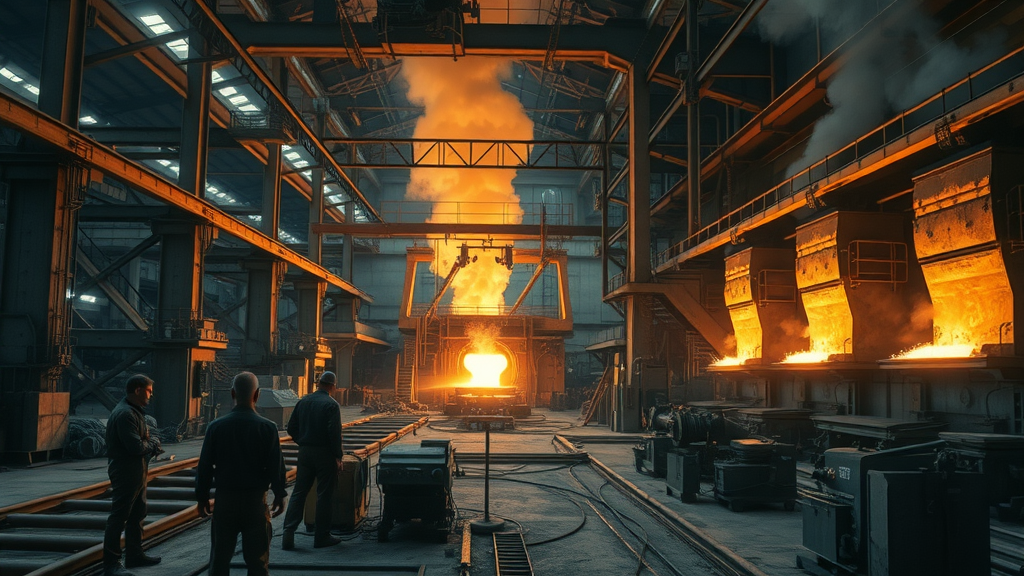
How Current Tariff Rates Impact American Businesses
The reality of rising tariff rates is felt immediately by businesses importing key materials. While some domestic producers may benefit from reduced competition, most are forced to grapple with higher production costs, lost overseas contracts, and an increasingly unpredictable policy environment. Even companies outside traditional manufacturing, such as electronics and retail, aren’t immune—the increased cost of steel and aluminum cascades through product lines, squeezing profits and potentially leading to cutbacks or closures.
For American small businesses, the dilemma is especially acute. They lack the huge cash reserves or global networks of multinationals and must decide whether to absorb losses, raise prices, or risk breaking supply chain promises to loyal customers. Meanwhile, the broader economy suffers as each disrupted contract or product shortage signals uncertainty to investors and consumers alike.
| Year | Steel | Aluminum | Consumer Goods |
|---|---|---|---|
| 2018 | 10% | 10% | 5% |
| 2020 | 18% | 15% | 12% |
| 2025 | 32% | 29% | 23% |

Trading Partners and Adversaries in Trade War 2025: China, European Union, and Beyond
The cast of trade war 2025 is truly global. China remains the main adversary in U.S. trade rhetoric, with each side targeting the other’s vulnerable sectors. Meanwhile, the European Union finds itself both a competitor and ally—balancing tough responses to tariff rates while maintaining trading relationships with both Washington and Beijing. Third countries, from Mexico to Vietnam, are caught in the crossfire, sometimes benefiting from supply chain relocation but often facing collateral damage.
Every new escalation sends ripples through world markets, as businesses and policymakers try to anticipate the next round of tariffs or diplomatic retaliation. The world’s major trading partners are rethinking long-standing pacts and striking new, sometimes uneasy, alliances to survive the storm.
United States–China Rivalry: A New Phase in the Trade War?
The rivalry between the United States and China has entered a new—and more dangerous—phase in trade war 2025 . Beyond tit-for-tat tariffs, both sides are expanding controls over strategic exports, blocking cross-border investments, and even using export controls and blacklists to weaken each other’s critical supply chains. Chinese President Xi Jinping’s “self-reliance” push has been met with fresh U.S. policies prioritizing “reshoring” of manufacturing.
The result is a level of uncertainty unseen since the Cold War. Businesses in both countries—and, by extension, around the globe—are now building plans for a world where economic “decoupling” becomes permanent policy rather than a passing disruption.
European Union Responses and the Global Ripple Effect
The European Union , long a pillar of free trade ideals, faces its own set of trade headaches. On one hand, EU leaders criticize what they see as aggressive U.S. protectionism; on the other, they’re left with little choice but to defend domestic industries with their own tariffs and regulatory barriers. The EU is also racing to secure alternative trade agreements as old ones become less reliable.
The result? European businesses are compelled to diversify markets, while leaders debate how to preserve competitiveness amid shifting global rules. As the ripple effect spreads, smaller economies worldwide find themselves forced to pick sides or seek risky new alignments.
- EU increases tariffs on selected U.S. agricultural goods
- China accelerates Belt and Road development in emerging markets
- Japan and South Korea negotiate new digital trade rules
- Mexico benefits as companies reroute supply chains through North America
- Australia and India sign fresh trade pacts to bypass U.S.–China friction

Trade Agreements, Policy Shifts and Future Scenarios: Where Does Trade War 2025 Lead?
If there’s one certainty in trade war 2025 , it’s that the map of global commerce will not look the same tomorrow as it does today. Governments are updating, renegotiating, or outright abandoning decades-old trade agreements in favor of bilateral, protectionist, or digital alternatives. Each trade policy development could reshape the ambitions of American, Chinese, and European companies for years to come.
Businesses, meanwhile, are forced to plan for multiple scenarios, hedging bets on where leadership and political resolve will land. For policymakers, the policy dilemma is balancing growth, employment, and national security with the risks and downsides of perpetual trade conflict.
Major Trade Agreement Negotiations in 2025
Major trade agreements are currently on the negotiating table—each representing a gamble on what the future trading order might be. Recent talks include new digital trade frameworks between the United States and Europe, updated rules on automotive content with Canada and Mexico, and ongoing battles over the treatment of data and IP rights. The erosion of broad multilateral deals in favor of local or regional pacts is a defining characteristic of the trade war era.
Every agreement signed, rewritten, or torn up carries vast implications, as one trade policy commentator summarized:
"Every trade agreement rewritten is a new chapter in the trade war 2025 story." – Trade Policy Commentator
The message is clear: remain vigilant and adaptable, as the next chapter is always being drafted behind closed doors.
Policy Dilemmas for the United States and Global Economy
Policymakers in Washington, Beijing, and Brussels are juggling competing pressures: how to support domestic jobs and industries without undermining the very global markets their economies rely on. While one camp argues for “strategic decoupling” and relentless use of tariffs, others warn of recessionary risks and backlash from allies. The struggle to strike the right balance is the heart of trade war 2025 —and will remain so well into the next decade.
The future of free trade and the global economy may depend on their choices. Whether a more stable equilibrium emerges, or we lurch from one trade shock to the next, remains to be seen.
People Also Ask: Essential Questions about Trade War 2025
When did the tariff war start in 2025?
The tariff war in 2025 escalated dramatically in late January, following the expiration of a key bilateral truce between the United States and China. With both sides publicly committing to protect domestic industries, the United States raised tariff rates on hundreds of Chinese goods , which was swiftly met with retaliatory measures. This round, while echoing earlier cycles, triggered wider global trade realignments due to its sheer scale.
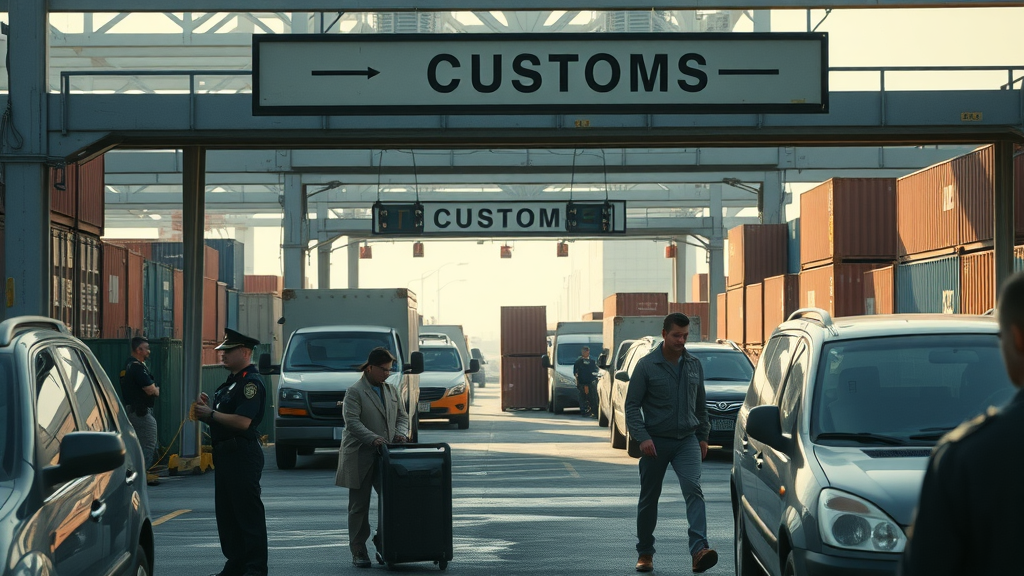
Historical context and key dates marking the escalation of trade war 2025.
The root causes of trade war 2025 stretch back to previous tariff rounds under the Trump administration , yet 2025 saw their formal escalation. Key dates include January 28th, marking the U.S. announcement of new tariffs; February 5th, China's retaliatory move; and March 15th, when the European Union imposed its own sectoral trade barriers. Each step further complicated supply chain dynamics and compounded global anxiety.
What happens during a trade war?
In a trade war, countries strategically raise tariff rates and increase import restrictions to give their industries an edge. This spiral of tit-for-tat policy creates uncertainty for businesses making supply and investment decisions. Over time, such disruptions often prompt stock market volatility, rising consumer prices, and even job losses in exposed sectors. Ultimately, consumer choices are limited and the overall global economy can slow dramatically.
Analyzing economic, social, and political consequences of a major trade conflict in 2025.
Economically, the consequences include inflation, slower growth, and the relocation of critical industries. Socially, worker displacement and price hikes drive dissatisfaction. Politically, trade wars can strengthen nationalist sentiment and reshape alliances, undermining the consensus of free trade that has prevailed since WWII. In trade war 2025 , all three areas are under stress—both within the United States and around the globe.
Do I have to pay customs for a package from China in 2025?
Yes, under the new tariff rates of trade war 2025 , most packages arriving from China—including small consumer purchases—are subject to customs duties. For regular buyers or small businesses, this means factoring in the cost increase upfront. Exemptions are rare, so make sure you check the declared value and new tariff tables before you order.
Impact of new tariff rates on imports for consumers and small businesses.
The impact on consumers and small businesses is direct: higher tariff rates mean increased costs, whether you’re buying gadgets online or restocking retail shelves. Many smaller firms have struggled to absorb these changes, leading either to price hikes or drops in profit margins. This dynamic creates greater pressure for innovation, alternative sourcing, and pricing transparency.
Are the USA still trading with China?
In 2025, the United States and China continue to trade, but with far higher barriers and heightened caution. Both sides have shifted toward more selective trade practices , with increased regulatory scrutiny and tariffs focusing on strategic or politically sensitive sectors. Total trade volume is down, yet interdependence in some industries remains too high for full “decoupling”—at least for now.
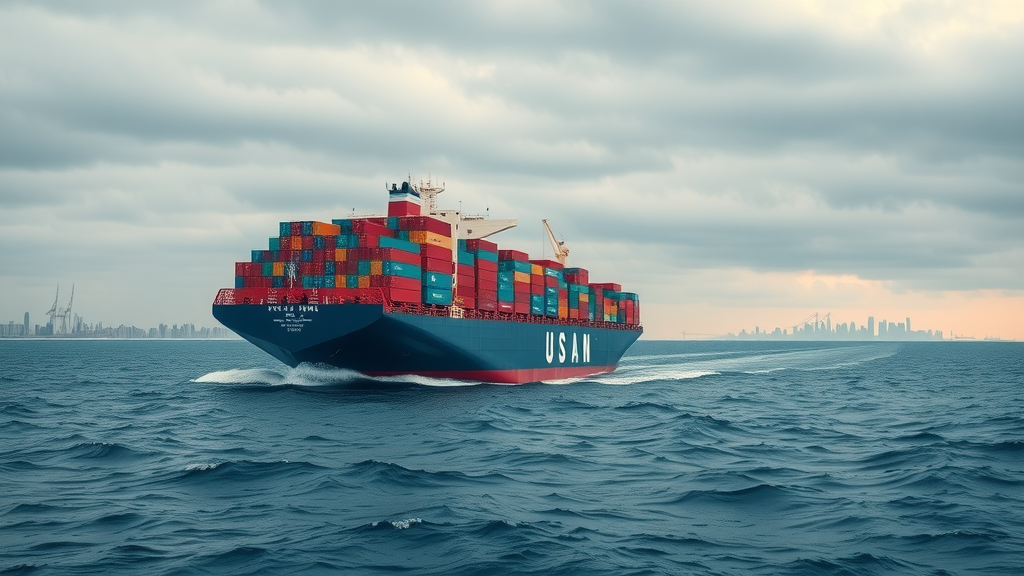
The status of United States–China trade relations in 2025.
The U.S.–China relationship in 2025 is fraught with tension but not severed. Each country employs trade as a lever of foreign policy, and periodic negotiations remain ongoing—albeit with results that often yield only temporary relief. Strategic sectors such as technology, energy, and agriculture are under particularly close watch by both sides’ regulators.
Risk Assessment: Preparing for Trade War 2025—What Can You Do?
- Review and diversify your supplier network, both for businesses and personal investments
- Monitor official trade policy updates and tariff changes regularly
- Stock up on critical goods ahead of anticipated price hikes
- Secure insurance or contingency arrangements for supply chain delays
- Educate your workforce or clients on price changes and potential disruptions
Watch a timely panel featuring renowned economists, trade lawyers, and CEOs dissecting whether ongoing trade conflict will permanently change the character of global trade or eventually reach a new, stable equilibrium.
Frequently Asked Questions Regarding Trade War 2025
-
How might trade war 2025 impact inflation and employment in the US?
The escalation of the trade war is likely to push up consumer prices due to higher tariffs on imported goods, placing upward pressure on inflation. Job impacts will vary: manufacturing roles in protected industries may grow, but jobs in export-driven or import-dependent sectors could decline. -
Are global supply chains likely to move away from China permanently?
Many firms are actively relocating supply chains to reduce exposure, but “permanent” shifts often depend on geopolitical stability, cost structures, and long-term contracts. In the short term, regional diversification is up, but China’s dominance remains formidable for now. -
What can small businesses expect in the coming months from trade policy?
Expect continued price volatility, more complex customs procedures, and the need for closer monitoring of policy announcements. Agility—both in sourcing and pricing—will be critical for small business survival in 2025.
Key Considerations for Business and Policy Leaders Navigating Trade War 2025
- Build resilient supply chains with multiple sourcing channels and backup plans
- Invest in technology for real-time inventory and logistics management
- Collaborate with legal and policy experts for compliance and advocacy
- Create transparent communications with customers and partners about pricing and delays
- Participate in industry coalitions to influence trade policy proactively
Looking Forward: The Future of Trade, United States Leadership, and Global Stability
"Trade war 2025 isn’t just an economic crisis—it’s a turning point for the world order."
The coming years will test the ability of nations, industries, and individuals to adapt to rapid shifts in trade policy and economic power. Those who stay informed, agile, and engaged will be best positioned to weather the inevitable storms.
Share Your Voice: The Role of Community in Navigating Global Trade Challenges
Got Something to Say About Global Trade? RP Design Web Services can put your insights on Global Trade Notes in front of the right audience. Call 203-271-7991 today and get your word out.
Be proactive: audit your supply chain, monitor policy changes, and engage with communities shaping tomorrow’s trade rules—your future depends on it.
The escalating trade tensions of 2025 have led to significant economic disruptions, with the United States, China, and the European Union imposing substantial tariffs and trade restrictions. These measures have caused a decline in global trade volumes, increased costs for businesses and consumers, and heightened uncertainty in international markets.
For a comprehensive analysis of the dynamic impacts of the 2025 trade war across U.S. states and the global economy, consider reading “ The 2025 Trade War: Dynamic Impacts Across U.S. States and the Global Economy .” This paper provides detailed insights into how different regions and sectors are affected by the ongoing trade conflicts.
Additionally, “ Roaring Tariffs: The Global Impact of the 2025 US Trade War ” offers an in-depth examination of the worldwide repercussions of the U.S. trade policies implemented in 2025. This article delves into the broader economic consequences and the shifts in global trade patterns resulting from the trade war.
If you’re serious about understanding the multifaceted effects of the 2025 trade war, these resources will provide you with valuable perspectives and data-driven analyses.
 Add Row
Add Row  Add
Add 

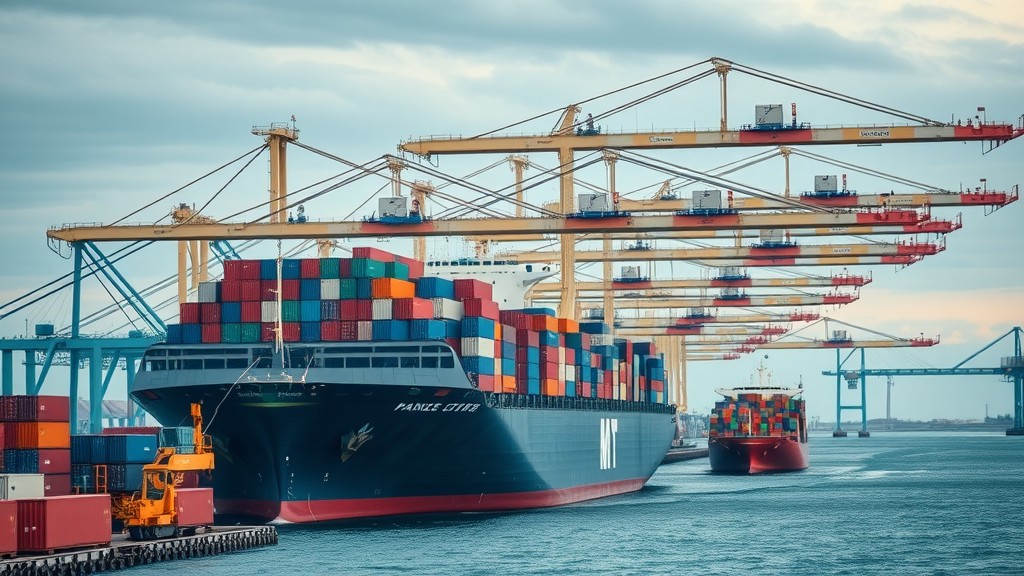


Write A Comment